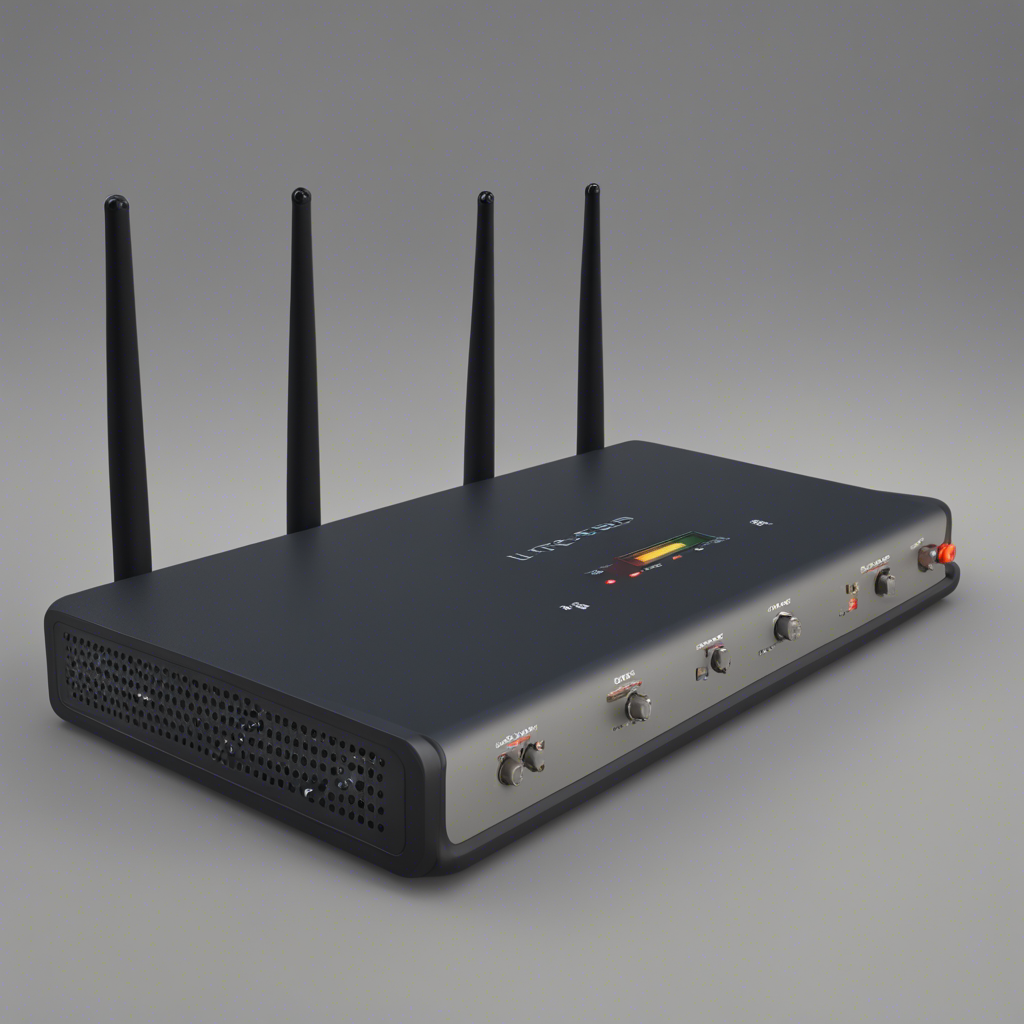
In today’s digital age, where technology is an integral part of our everyday lives, ensuring cybersecurity has become more crucial than ever before. Cyberattacks are on the rise, and individuals are not exempt from being targeted. Taking the necessary steps to protect your personal information and digital assets should be a top priority. This blog post will outline essential cybersecurity practices that every individual should follow to safeguard themselves in the digital realm.
1. Use Strong and Unique Passwords: One of the simplest yet most effective practices is maintaining strong and unique passwords for all your online accounts. Avoid using common or easily guessable passwords like your name or “123456.” Opt for longer passwords with a mix of uppercase and lowercase letters, numbers, and special characters. Additionally, never reuse passwords across multiple platforms as this can significantly increase your vulnerability if one account is compromised.
2. Enable Two-Factor Authentication (2FA): Two-factor authentication provides an extra layer of security by requiring you to verify your identity using a second factor, such as a fingerprint, facial recognition, or a unique code sent to your mobile device. This adds an additional barrier for cybercriminals attempting to gain unauthorized access to your accounts.
3. Keep Software and Devices Updated: Regularly updating your software and devices is a crucial step in maintaining cybersecurity. Updates often include security patches that address vulnerabilities discovered by developers or reported by users. By keeping your operating system, antivirus software, web browsers, and other applications up to date, you minimize the risk of falling victim to known security flaws.
4. Be Cautious of Suspicious Emails and Phishing Attacks: Phishing attacks remain one of the most common methods employed by cybercriminals to deceive individuals and gain access to sensitive information. Be vigilant when opening emails from unfamiliar sources or clicking on suspicious links. Look for telltale signs of phishing, such as misspelled email addresses, generic greetings, or requests for personal information. When in doubt, it’s always safer to verify the authenticity of an email or website by contacting the sender or organization directly.
5. Secure Your Home Network: Your home network can be a weak link if not properly secured. Ensure that your Wi-Fi network is protected with a strong password and uses encryption protocols like WPA2 or WPA3. Consider changing the default network name and disabling remote management to further strengthen your security. Regularly update the firmware of your router to patch any potential vulnerabilities.
6. Use a Firewall and Antivirus Software: Installing a reputable firewall and antivirus software on your devices is essential for safeguarding against various types of malware and unauthorized access attempts. Firewalls monitor incoming and outgoing network traffic, while antivirus software detects and removes malicious programs. Keep them both updated and perform regular scans to keep your system protected from potential threats.
7. Be Mindful of Social Media Sharing: While social media platforms offer a convenient way to connect and share with others, it’s important to be cautious about the information you share. Avoid revealing too much personal information, such as your address, phone number, or even your current location, as this can make you an easy target for cybercriminals.
8. Regularly Backup Your Data: Data loss can occur due to various reasons, including ransomware attacks, hardware failures, or accidental deletion. Regularly backing up your data ensures that you can recover your important files in case of an unfortunate event. Use cloud storage services or external hard drives to securely store your backups, and verify their integrity periodically.
Conclusion
Cybersecurity is a shared responsibility, and as individuals, we must take proactive measures to protect ourselves and our digital presence. Implementing these essential cybersecurity practices significantly strengthens our defense against malicious hackers and cyber threats. By using strong and unique passwords, enabling two-factor authentication, keeping software updated, being cautious of phishing attacks, securing our home network, using firewall and antivirus software, being mindful of social media sharing, and regularly backing up our data, we can mitigate potential risks and ensure a safer online experience.
Remember, cybersecurity is an ongoing effort, and staying informed about the latest trends and best practices is crucial. By adopting these practices and staying vigilant, we can navigate the digital landscape with confidence and peace of mind.
Stay safe and secure!
This blog post was written by bwise, a cybersecurity enthusiast with years of experience in the field.






